Ford selects Spain for EV production but anticipates substantial job cuts
Teslarati
JUNE 22, 2022
Ford announced on Wednesday that it will begin making electric vehicles based on a next-generation architecture in Spain later this decade. Ford believes the Valencia, Spain plant is the ideal location for making cars with a next-generation EV architecture and plans to produce the vehicles later this decade.

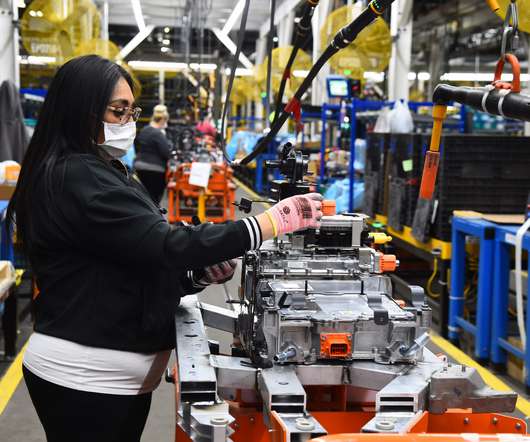
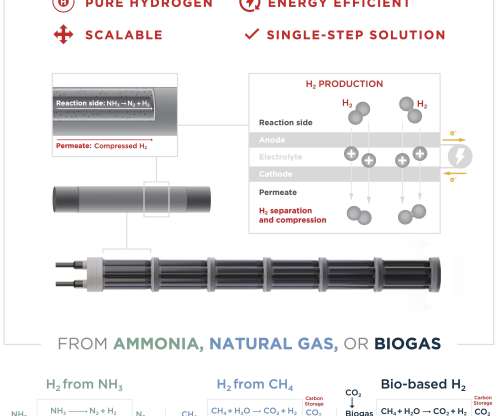
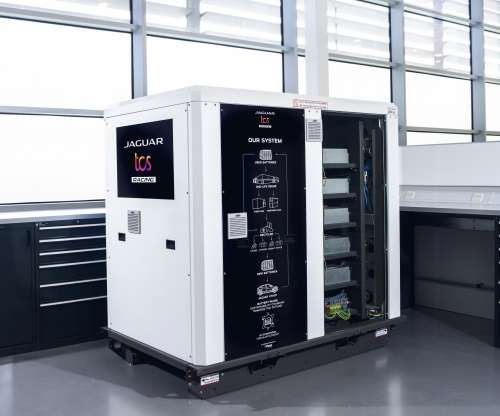
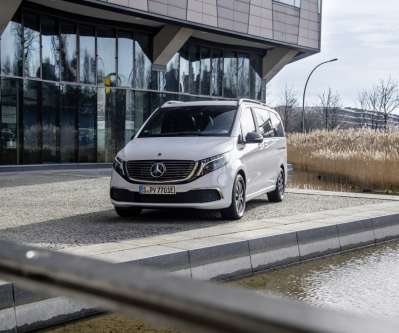

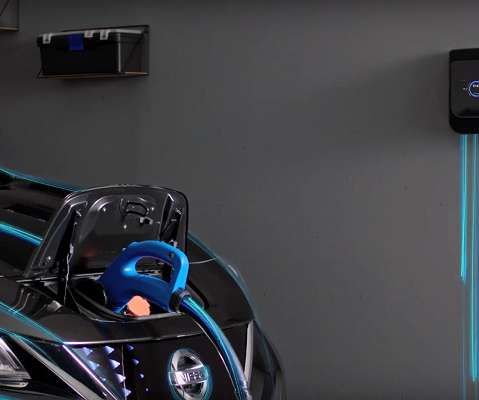



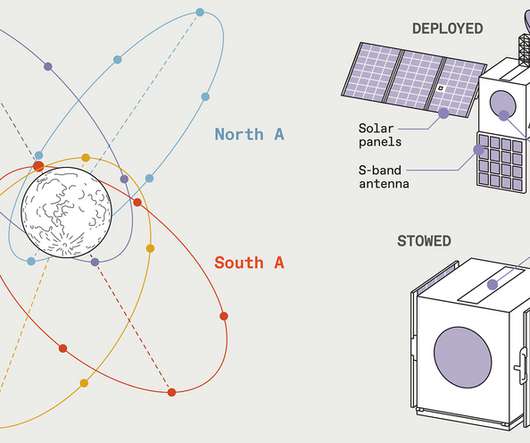













Let's personalize your content